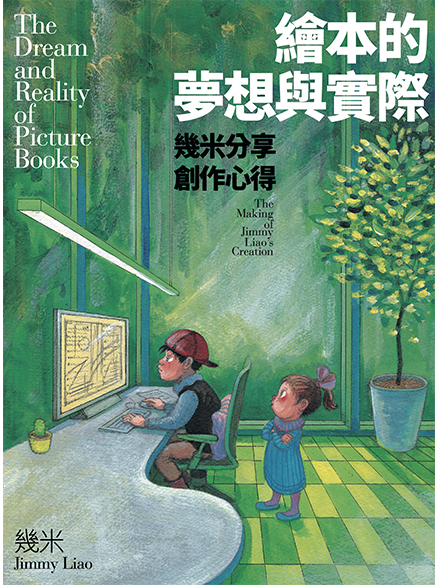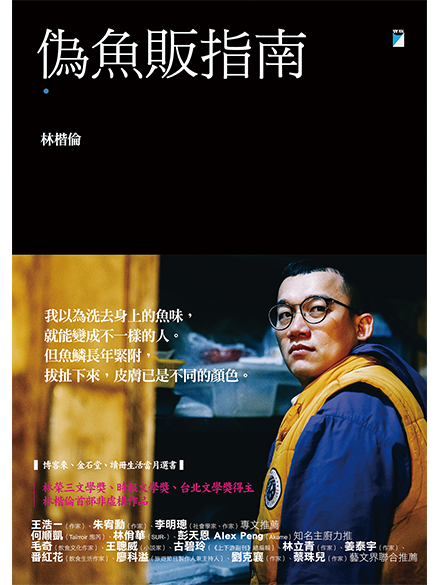INSPIRATION: Why do you want to write an epic fantasy like this? Where did the inspiration come from?
Snowboarding has always been a popular sport since my student life in Vancouver, Canada. I used to listen to epic fantasy music while riding the snow waves, thinking just how cool it would be if I could hold blades in my hands and fight monsters with my boarding buddies while navigating through trees and powder.
It was during that time that I began some sketches and wrote down rough story ideas that would eventually turn into one of the first scenes in the books. Then I realized a magic system was needed as the high concept, and a world ecosystem to accommodate that.
The next decision was whether to set the story in a familiar world. I thought the Earth we knew would be cool, with recognizable cities blanketed by perpetual snowfall (I actually had a concept drawing of the snowclad ruins of Vancouver). You know, impossible locations for such climate – Taipei, Hong Kong, Shanghai, the Philippines, Indonesia, and the Solomon Islands – all of which you will all get to see in the story. Isn’t that cool? A city in the tropical zone you thought you knew, but now entirely snow-choked. They become precious monuments to explore for our protagonists. There’s something awe-inspiring to it.
Ideas grew, and it became apparent that one book wouldn’t be enough; it had to be at least a trilogy in order to cover the world map. I’m a fantasy fan, so I love looking at maps and imagining the “what-ifs”. Took me years of planning, research, and actual writing.
Book 1 starts in New Zealand, Southeast Asia, and Taipei. A primal world where no electricity could be produced. People hunt with blades and dress in furs. Pure fantasy setting.
Book 2 opens up the world, taking us further north to Shanghai (China) and Sakura Island (Japan), introducing a new civilization that leverages the snow magic – or the “snow spirits” – but in a very culturally unique way.
Book 3 goes to the far west – the European continent and a future city called Avalon – which have invented technologies to harness the same snow magic but use it in an industrial, scientific way.
There is, of course, a “looming danger” throughline that threatens all remaining civilizations on the snowball Earth. And to uncover it, our characters must make journeys to rediscover our fallen world, connecting present events to myths of what happened five centuries ago.
Can you talk a little more about the Shade Riders?
They take on most of the fighting in the books. They are humans whose souls are bonded with Ling – spirits that make unpredictable appearances around deep snow, looking like miniature aurora borealis.
A Rider’s apprentice must go through a culturally unique ritual for the binding process, locking a spirit inside their riding board crafted by an artisan.
In the face of danger, a Shade Rider may summon their spirit out of the board, having it wrapped around their chosen weapons inscribed with silver runes – and always with two pieces of weapons, one in each hand, to balance the riding stance.
Every Shade Rider is unique. With different snow spirits coupling with various chosen weaponry, we get to see many combinations of combat styles, all done while they’re riding the snow in high speed.
PROCESS: You published the first two books about nine years ago, then there seemed to be a hiatus before you published the final book last year. Why the gap? Did it have to do with your creative process?
Mostly it was just life getting in the way. A couple years back I tried game writing, and wrote a Kickstarter comic on the side (also a futuristic fantasy setting). So, Sunlight was placed on hold.
On the realistic side, there was a waiting period before a new publisher could take over. You know, contractual issues. The new publisher was instrumental in hiring a professional artist to conceptualize my world-setting, creating the posters you now see.
It’s the kind of story that no one’s seen before, hard to categorize as any traditional genre (Well… I call it futuristic fantasy), so coming up with visual posters really help readers to quickly envision the setting in their minds. Mr. Lu DongBiao, a great film concept artist, has totally captured the mood of this world.
On top of all these, I knew the final book of the series must be both intellectually and emotionally rewarding to the readers, who wanted to feel that all the time invested in reading the first two installments would be worthwhile. So, I set a super high bar for Book 3. I don’t think I’ve done this much research before in my creative career, trying to design whole civilizations across three continents based on Sunlight’s high concept and power system. The process was really fun, and the results paid off (according to my readers). Typing up loose threads, plotting dramatic escalation, designing revelations that go hand in hand with our heroes’ emotional journeys...all these took time. I just never expected them to take that many years.
So you have three, or four new civilizations on a planet that is entirely covered by snow. The scale of work seems daunting on many levels. But what does this mean to the heroes of the books?
I have a passion for world-building, so those came natural to me. But good stories still come down to the characters’ choices and transformation.
Most of the POVs are Shade Riders, who begin their journey in one specific location on the map. Subsequent civilizations are revealed through the characters’ discovery of them, so we experience the story through their eyes just as they’re making sense of a world that’s been silent and sunless for the past 500 years.
With each discovery, characters old and new are confronted with important questions. How do we bring Sunlight back? Does it even exist behind the clouds? If people finally get to see it with their eyes, will it damage their faith? – These are just some of the questions the characters are asking themselves as they navigate through the snow-covered world.
What does Sunlight mean to each surviving civilization? How about the Shade Spirits? And the monsters? Why did they appear? Each POV character will derive a different interpretation from their chosen journeys. And a lot of this reflect on our current environment, the way different cultures could view the same thing so differently.
And maybe there’s a beauty to that. Why do cultures and individuals form vastly different interpretations from the same intangible ideas? Or even from concrete facts. Under miles of thick snow, that might just be the core of truth we’re all trying to explore.
WORDS TO READERS: Anything you’d like to say to readers overseas?
Sunlight is a “futuristic fantasy” story – where fantastic elements emerge on Earth five centuries into the future. There are sci-fi elements, too, reinterpreted and reimagined. I trust that readers of different tastes will all find joys from these books. It also suggests a world that dangerously resembles a future when climates go wrong.
At the core, though, Sunlight is still about the spirit of adventure and exploration. About the bonds we share as humans no matter which culture we’re originally from, or which historical roots we are born into. I am curious to know how American readers, African readers, European readers, and readers from various backgrounds might respond to the story. Will be nice to hear their opinions, to be inspired by their interpretations.
So hopefully I can invite you to come into my world, to ride through a thousand icy terrains with the Shade Riders, finding lost relics and rare remaining Soul Woods, unravelling climate-altering mysteries, and witnessing the almighty Sunlight for the first time in 500 years.







